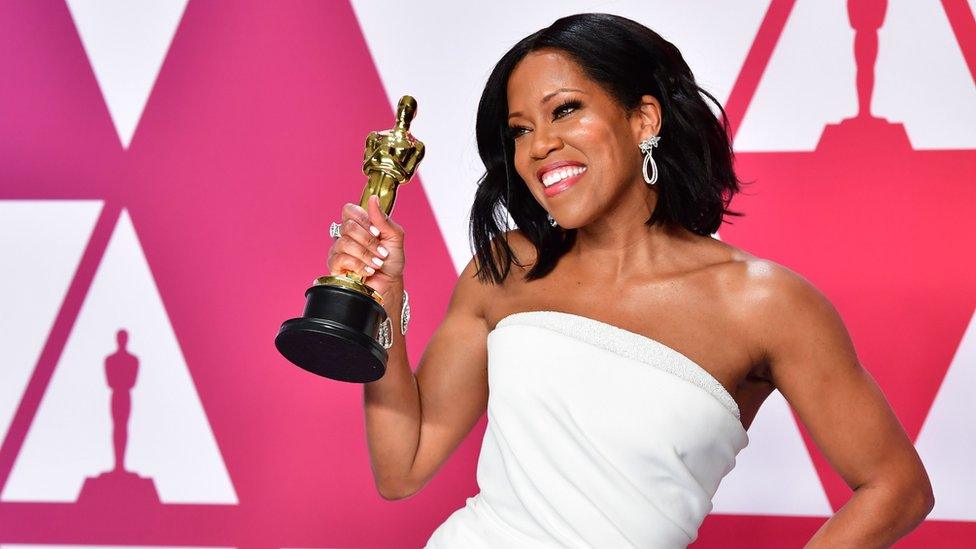Oscars 2019: Cinematography nominations in pictures
- Published
The Academy of Motion Picture Arts and Sciences recently announced that the Oscar presentations for cinematography, editing, live action short, and make-up and hair will not be shown live on TV during the ceremony on 24 February.
More than 40 directors and cinematographers have signed an open letter criticising the Academy's decision.
Instead, the four categories will be streamed live online before being shown later in the TV broadcast.
Here we look at the films nominated in the cinematography category.
Cold War
Nominee: Lukasz Zal
Beginning in 1949 and set against the backdrop of a politically-divided Europe, Cold War follows a couple's turbulent relationship over the course of the following decade.
Photographed in high contrast black and white, the film uses a nearly square frame - commonly known as Academy ratio - harking back to older cinema before widescreen formats became more standardised.
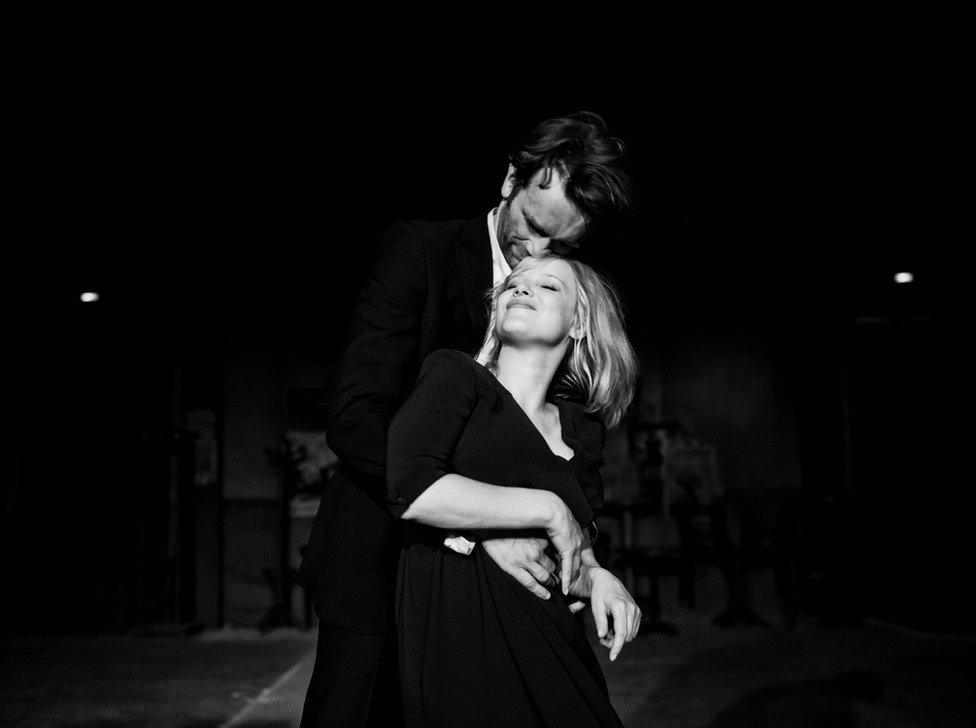

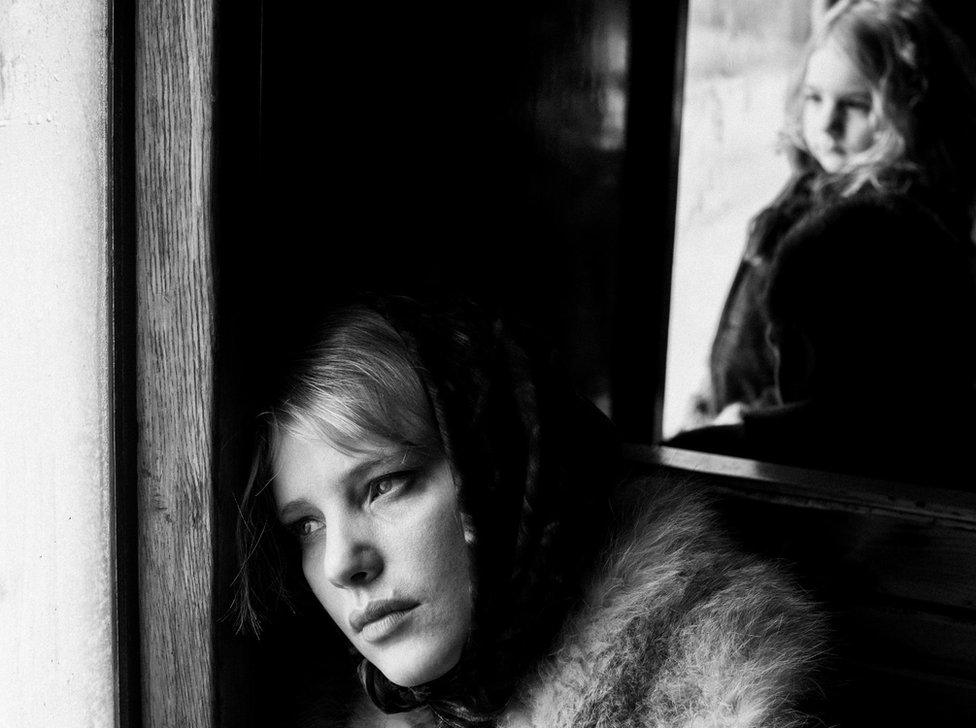

The Favourite
Nominee: Robbie Ryan
Set in the early 1700s, The Favourite sees Queen Anne, in poor health and emotionally unstable, caught in the midst of a power struggle between her confidante, Lady Sarah, and new arrival Abigail.
Filmed on location at Hatfield House in Hertfordshire, The Favourite is almost entirely photographed in natural daylight and candlelight, creating a soft, organic look to the imagery.
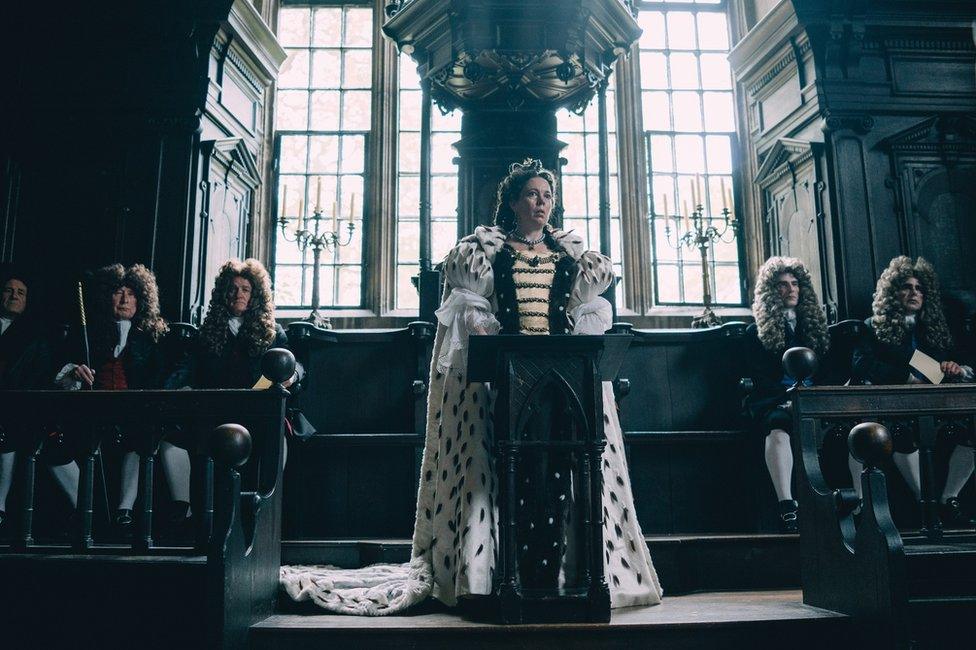
The camera is often placed at unconventional, low angles, peering upwards at its characters.
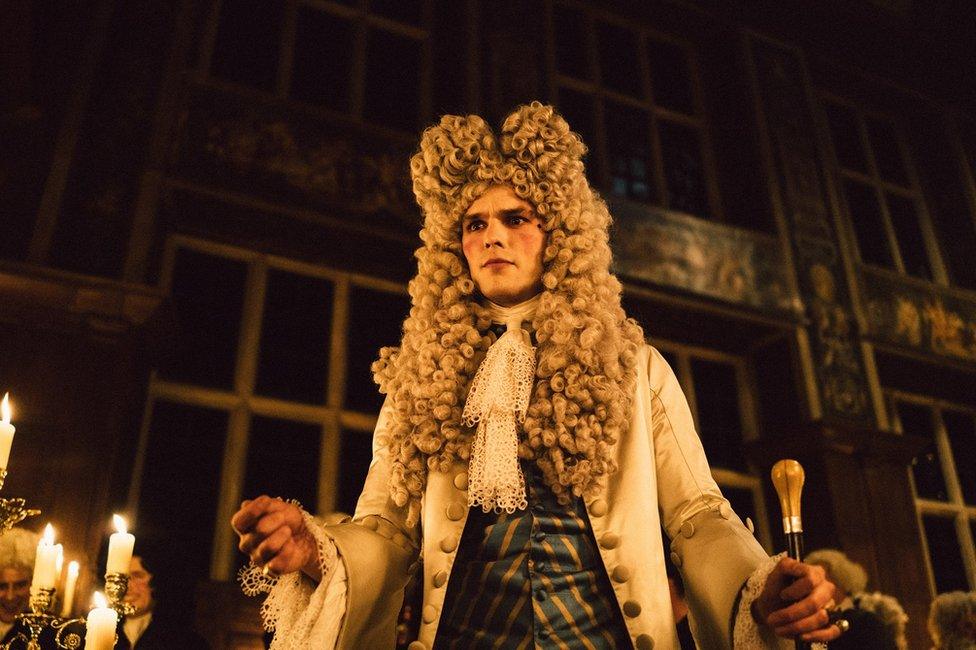

Roma
Nominee: Alfonso Cuarón
Set in Mexico City in the early 1970s, Roma follows the life of Cleo, a maid working for a middle-class family during a time of personal and political upheaval.
The camera takes on an observational approach, often panning around environments to give a further sense of location and atmosphere. Characters are typically framed near to the camera, with the bustle of everyday life visible around them.
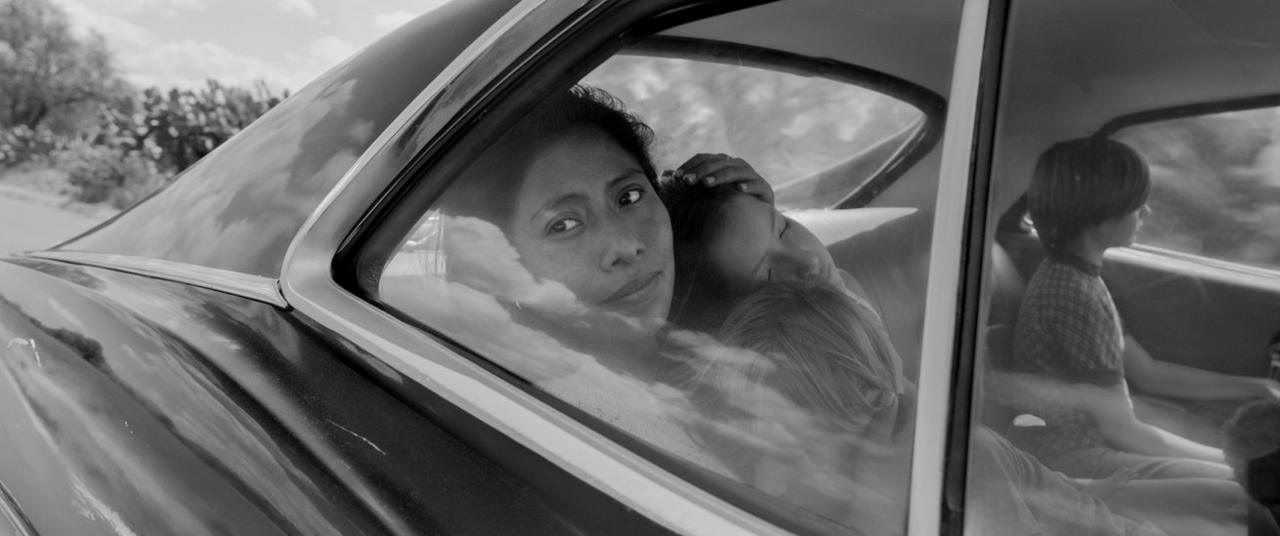
In addition to his roles as director, producer, writer and co-editor, Alfonso Cuarón oversaw Roma's black-and-white photography.
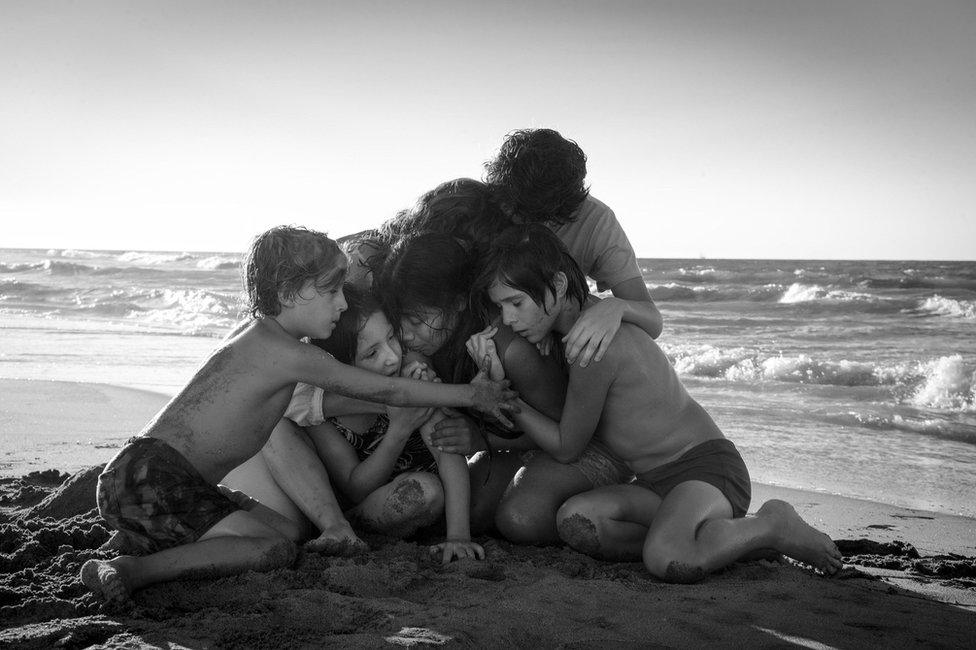

A Star Is Born
Nominee: Matthew Libatique
Starring Bradley Cooper and Lady Gaga, A Star Is Born charts the rising popularity of a struggling singer, as she becomes romantically involved with the rock star who encouraged her talents.
Often lit in red, cyan and magenta colours, the swirling photography helps to convey the rhythm and emotion of the film, putting the audience in the midst of the musical performances.
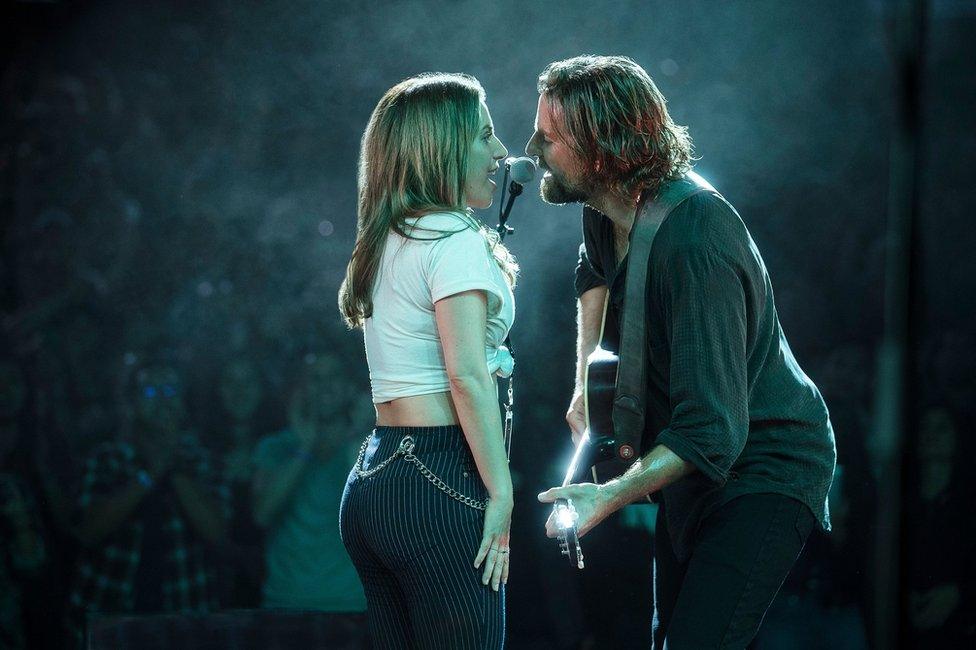

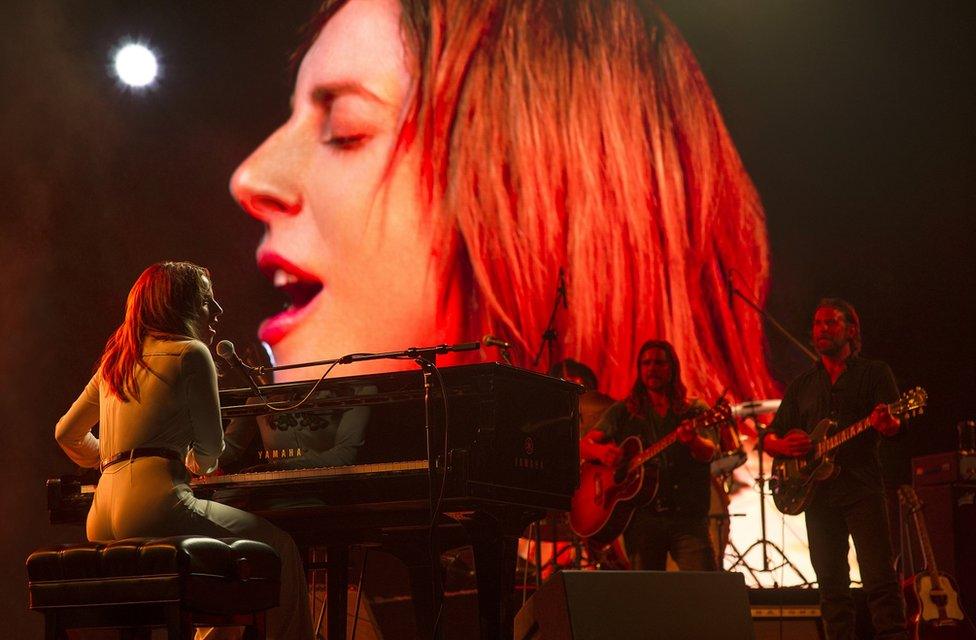

Never Look Away
Nominee: Caleb Deschanel
Spanning three eras of German history, Never Look Away tells the story of a young art student, Kurt, who falls in love with fellow student, Ellie, much to the disdain of her father.
Veteran cinematographer Caleb Deschanel originally intended to shoot on film. However, the closure of nearby film laboratories encouraged him to use digital cameras instead.
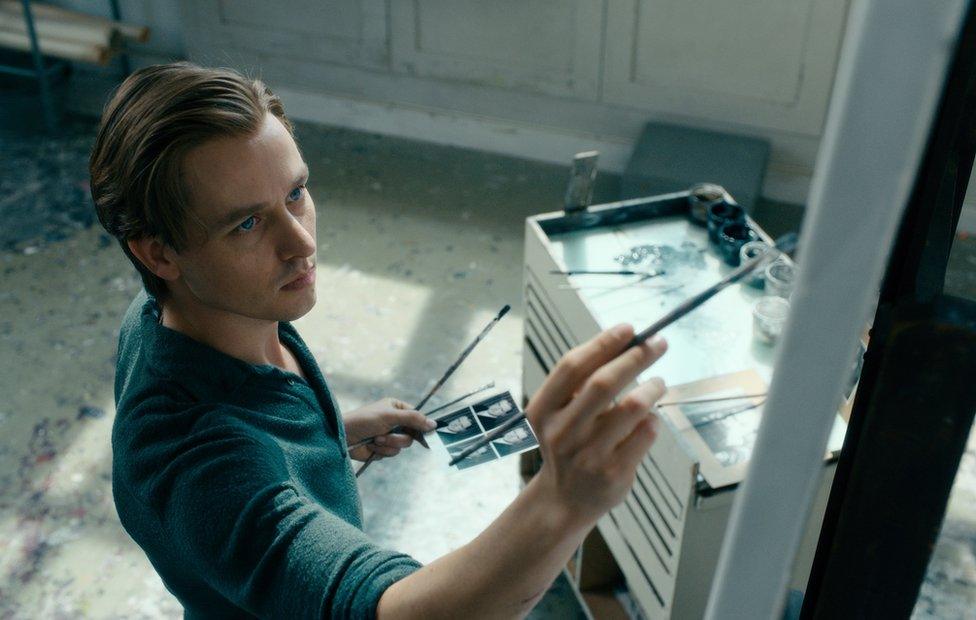

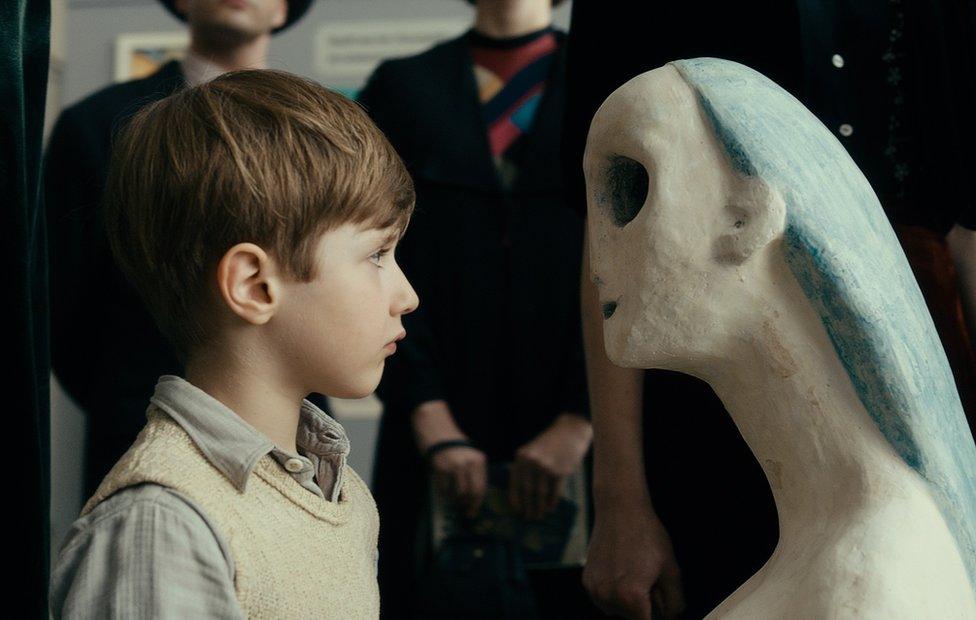
All images subject to copyright.
- Published14 February 2019
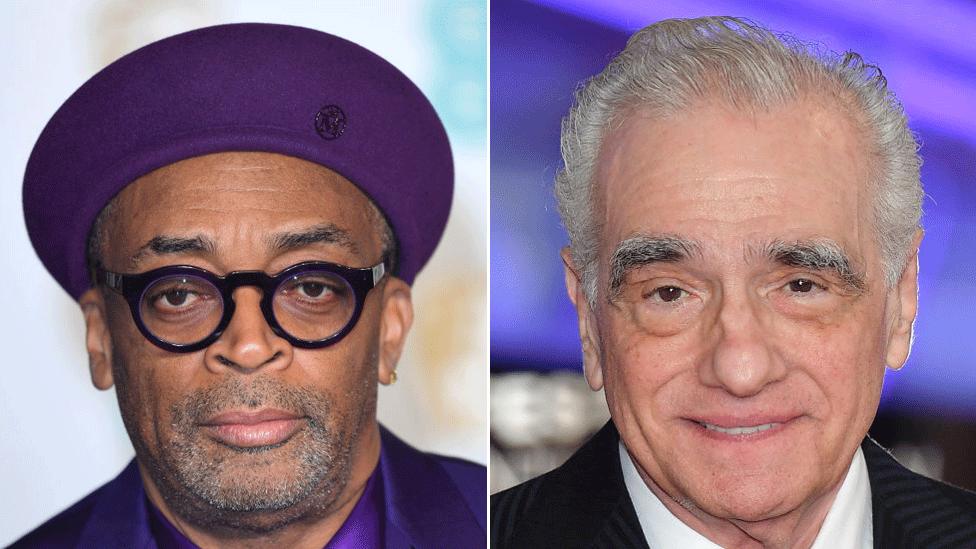
- Published25 February 2019
